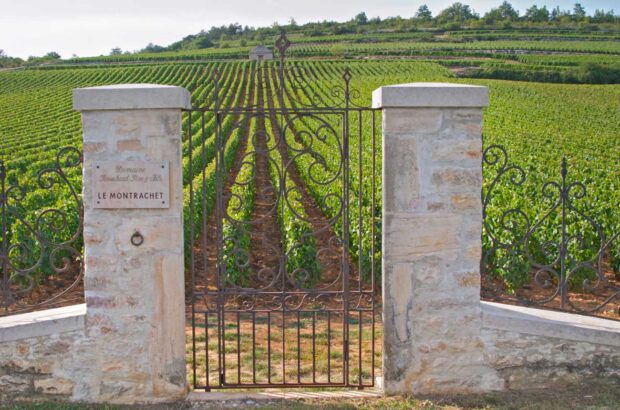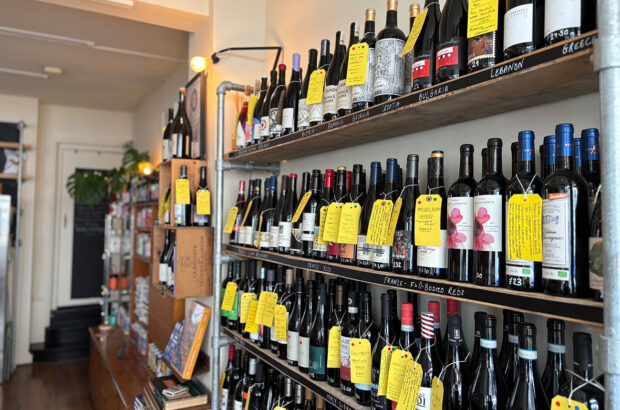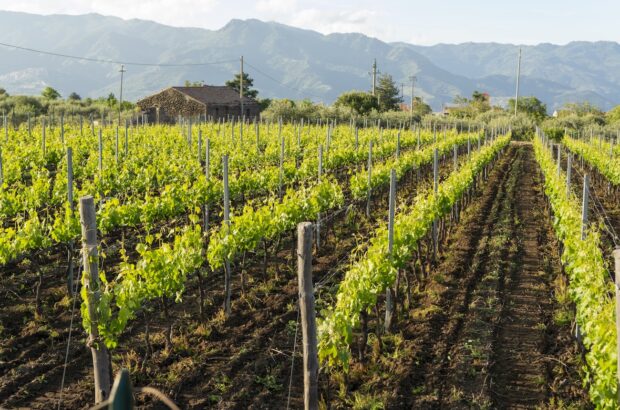Producers in South Africa’s Constantia region joined forces to keep their vineyards safe from devastating wildfires that tore across Table Mountain National Park this past weekend. The silver lining, they all agree, is that the 2025 harvest is safely in barrel and tank.
While 3,000ha of vegetation have been scorched, vineyards are largely unscathed thanks to efforts from both the local farming community as well as the Western Cape’s relief services.
The wildfires first ignited in the national park’s Tokai and Silvermine sections on the evening of Friday 25 April, with the blaze reaching its zenith on Sunday (27 April). All initial reports indicate that the fires were set intentionally, and police currently have a suspect in custody.
The vineyards most at risk were those of Buitenverwachting, Steenberg, Constantia Uitsig and Klein Constantia. In contrast, Groot Constantia, Beau Constantia and Constantia Glen are located further afield from the Constantiaberg slopes and, as of now, have not been affected by the fire. Cape Point Vineyards on the Noordhoek side of the mountain were equally able to keep the flames at bay, sparing the vines.
Vlok Hanekom, viticulturist at Steenberg, said the wide firebreak is what saved the site — a precaution he says most valley farmers take. ‘It gave us space to operate and spray the flames without getting trapped.’
Detailing the rescue efforts Hanekom said: ‘Etienne Southey from Constantia Glen arrived with a Land Cruiser fitted with a 700-litre water tank, pump and hose. Klein Constantia sent a similar rig. Within minutes, helicopters were scooping from our dam, barely 100 metres from the fire line.
‘When night fell, the helicopters had to pull back, and we continued on foot and by tractor. Our crew stayed on the fence line, spraying and beating the flames as they came down. We ran along the contours, snuffing out sparks and burning logs as best we could. Our only aim was to keep it from breaching the fence and hope it moved into an area more accessible to firetrucks. By early morning, the main threat passed. Our vineyards were safe.’
Klein Constantia’s farm manager, Craig Harris, was away when the fire broke out. He was called back urgently as a strong northwesterly wind picked up on Sunday, dramatically escalating conditions.
Firefighting continued late into Sunday night until the wind finally eased. Harris reported that conditions initially held steady on Monday as helicopters resumed water drops over the Tokai sector above Buitenverwachting. By mid-morning however, an unpredicted and unexpectedly strong northwesterly wind picked up again, reigniting the fire’s advance. The blaze pushed back slowly into the wind, edging dangerously close to the upper vineyards of Buitenverwachting.

Buitenverwachting. Credit: Craig Harris
By mid-afternoon, the coordinated efforts managed to steer the flames past the vineyard blocks with only around a quarter of a hectare suffering damage. The fire then turned toward Klein Constantia, but calmer conditions in the evening slowed its progress. Overnight, the fireline weakened further, with only isolated hotspots visible by Tuesday morning.
Helicopter support resumed briefly on Tuesday but was grounded due to poor visibility. As of now, the fire appears under control, provided wind conditions remain stable.
‘The teamwork between farms in moments like this is extraordinary,’ said Harris. ‘We all depend on each other, but when everything around you is burning and people keep showing up, no matter how exhausted they are, that’s something else. It’s a humbling contrast: destruction met with pure selflessness.’
South Africa’s most historic region, Constantia has been wine-producing since 1685.







